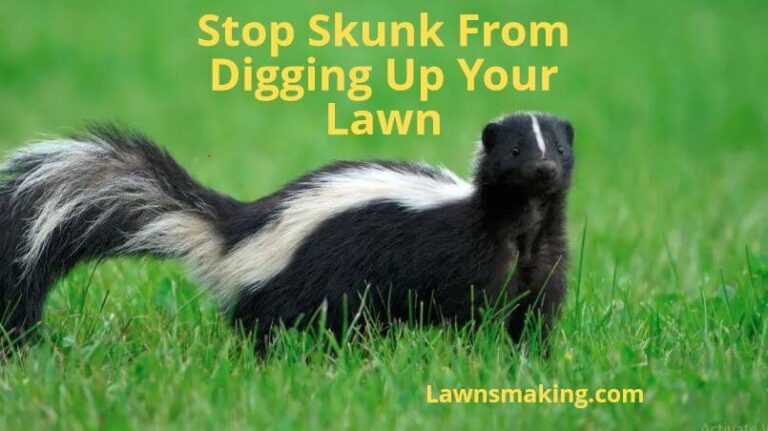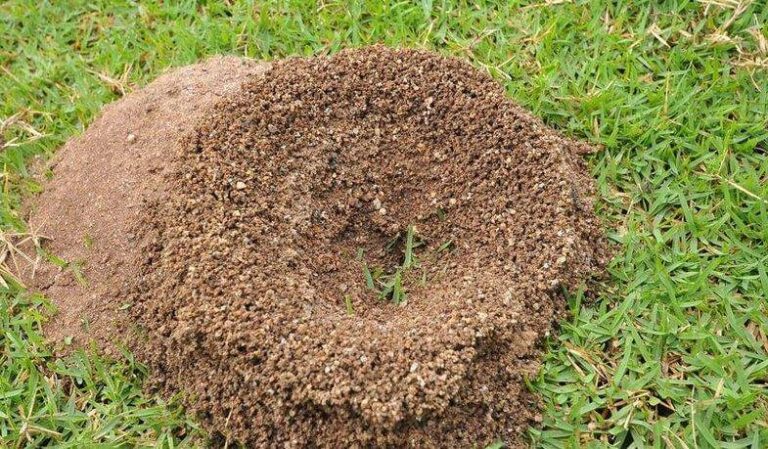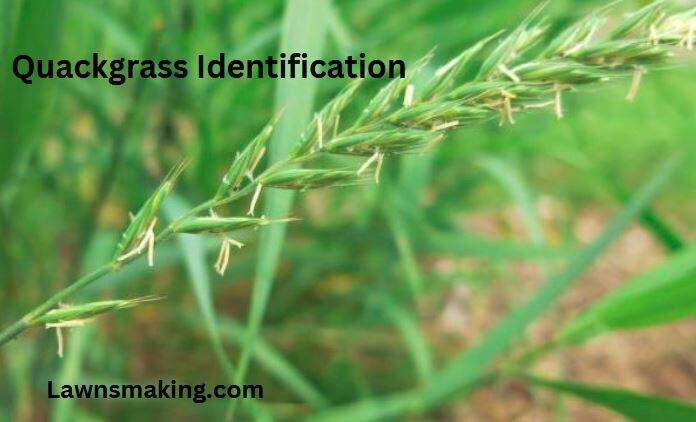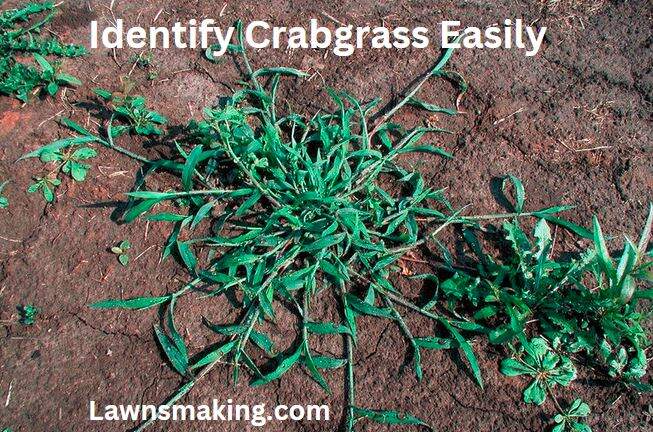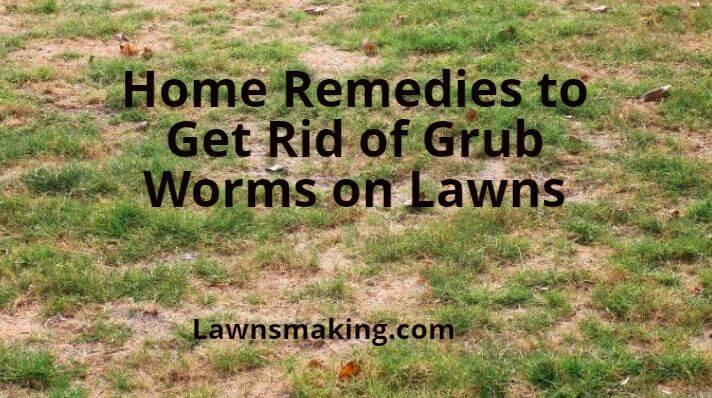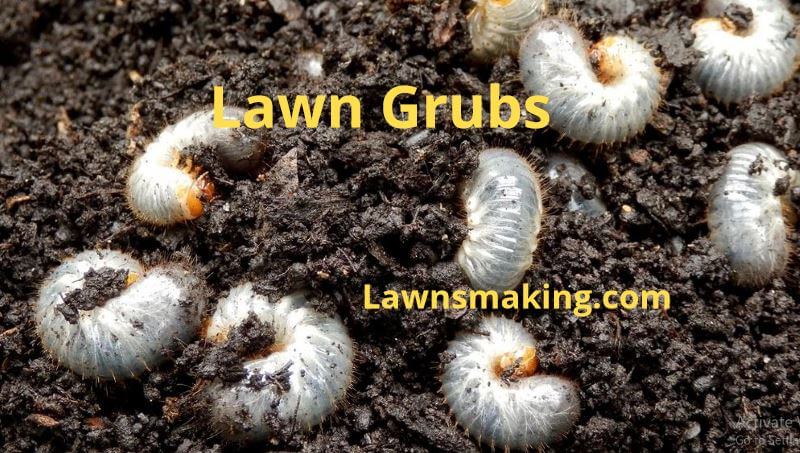
Are you tired of witnessing those unsightly brown patches on your lush lawn? If your answer is “yes,” then at one point, you might have wondered, “What do grubs do to your lawn?” As an experienced lawn owner, I have encountered a similar situation on my lawn, and I can attest it’s quite frustrating.
Grubs silently sabotage your lawn’s health, leaving unattractive, lifeless patches and damaged turf. These underground villains devour your grass roots, weakening the very foundation of your lawn and inviting a host of problems, including pest infestations and weed outbreaks.
In this article, I will unveil the five detrimental effects grubs have on your lawn, from eating grass roots to winter kill. I will also explore practical strategies to halt their destructive march, ensuring your lawn flourishes again.
What Do Grubs Do to Your Lawn? The 5 Main Devastating Effects
Discover the five key impacts grubs have on your lawn and arm yourself with proven prevention techniques to ensure your green space remains unscathed. Here are the main effects:
1. Eating Grass Roots
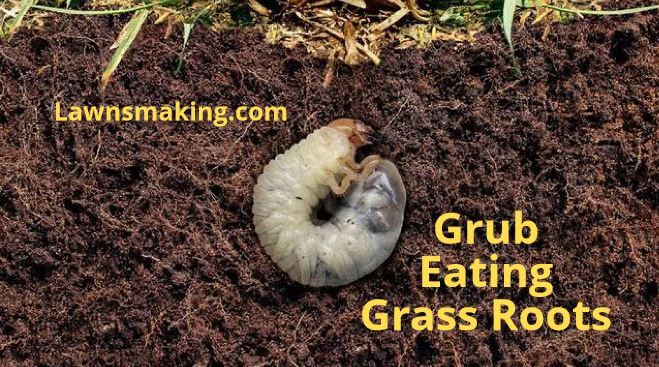
Grubs feed on grass roots, causing severe damage that can reduce water and nutrient absorption. Once you have an active infestation, the initial signs of grub damage are brown, dead patches of grass in your lawn.
As grubs feed on the roots, the grass becomes weaker and less resilient to environmental stresses. Moreover, grass with damaged roots becomes highly susceptible to drought, heat stress, and diseases.
Lawns with grub-infested grass have difficulties withstanding foot traffic or play, resulting in compaction and further damage.
Healthy grass helps with natural aeration. However, grub damage can hinder this process.
Grub-damaged lawns are also less resilient to environmental changes, making them more challenging to maintain. If not addressed, grub damage can have long-term detrimental effects on the health and appearance of your lawn.
2. Creating Weak Spots
Grub damage affects your lawn’s aesthetics—often leaving behind uneven, unsightly patches. The affected spots become susceptible to drought conditions as they struggle to retain moisture content.
Additionally, the damaged regions face increased disease risk because of the lack of resilience of healthy grass. These spots also provide ideal conditions for weeds to establish themselves and invade your lawn.
Soil erosion manifests in areas with weakened grass, especially during heavy rains.
Grub-infested lawn areas contribute to the buildup of thatch in your lawn. Thatch is a layer of dead organic matter that inhibits healthy grass growth.
The weakened grass will attract lawn pests and insects that take advantage of their weakened state, and these pests can wreak more havoc on your lawn. You will experience challenges rehabilitating these weak spots, which may necessitate overseeding or sod replacement.
3. Attracting Predators
Do you know that heavy grub infestation may attract animals such as skunks to your lawn.
Digging animals such as raccoons and skunks can cause severe damage to your lawn as they tear up your lawn in search of grubs. Skunks and raccoons are nocturnal animals. Therefore, their nightly visits to your yard can result in nightly disturbances that are a nuisance.
The aftermath of predator visits will leave your lawn craving urgent restoration, as the damage left is generally unsightly. Predators visiting your lawn to unearth grubs may also attract other lawn pests, disrupting your lawn’s health.
Besides digging your once-lush lawn, predators such as skunks and raccoons will create noise and unpleasant odors around your property.
Addressing the grub infestation will help you deal with predators attracted to your lawn in search of food. Nevertheless, repairing predator damage can be time-consuming and expensive.
4. Interrupting Growth
Grub infestation and the subsequent grub damage will result in your lawn experiencing stunted growth. With healthy grass growth compromised, your lawn will start producing thin and unhealthy grass.
Uneven grass growth can lead to a patchy, unattractive lawn. Additionally, the slow growth makes your lawn susceptible to weed invasion.
Lawns with interrupted growth can take longer to recover from grub damage, even after applying grub control measures. These lawns will typically have slow-growing grass that cannot efficiently utilize fertilizers—leading to the waste of vital resources.
Besides failing to meet your aesthetic goals, grub-damaged lawns may lack the lush, green appearance that characterizes healthy lawns.
Uneven grass growth also makes mowing less effective and complex.
5. Winter Kill
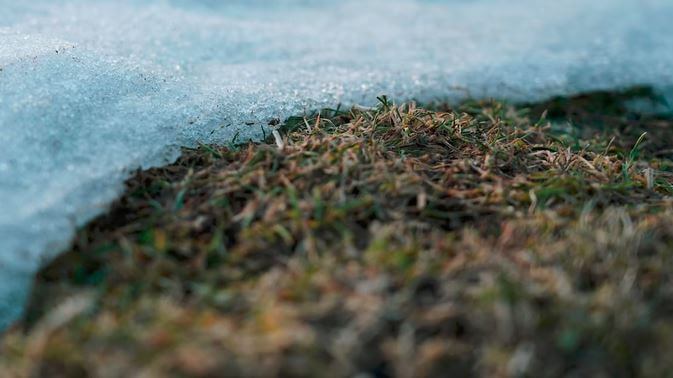
Grass with damaged roots has reduced winter survival chances. Consequently, a lawn weakened by grubs is often thinner and has less insulation against winter’s harsh conditions and frigid temperatures.
Grass with damaged roots is highly susceptible to frost damage in winter, resulting in brown patches of dead grass in spring. Moreover, lawns affected by winter kill take much time to recover in spring.
In addition to being expensive to repair, lawns that experience winter kill also lose their vibrant, lush, and healthy appearance.
Repeated winter kill can have long-term consequences on the health of your lawn, as winter kill can promote an increase in pest activity.
How to Prevent Grub Damage on Your Lawn
Here are effective strategies to combat grab damage on your lawn:
1. Identify Grub Infestations
Keep an eye out for brown patches on your lawn, as this can be a sign of grub-feeding damage.
Grub-infested areas in your lawn can appear droopy or wilted, even when it receives adequate watering.
Additionally, if the turn can be easily lifted from the soil without much effort, it might be a sign of root damage by grubs.
Be vigilant for increased animal activity, including birds or small animals like raccoons and skunks digging up your lawn in search of grubs.
According to Michigan State University, you should consider sampling your soil by digging up a small section of your lawn to inspect the presence of grubs. Look for C-shaped cream or white-colored larvae.
2. Practice Good Lawn Care
Proper watering encourages deep root growth and enhances grass resilience against grub damage. Additional proper watering practices include;
- Deep and infrequent watering
- Morning watering
- Avoiding overwatering
To safeguard your lawn against beetle damage and grub infestations, follow these essential lawn care practices;
- Maintain a proper mowing height: Never cut more than one-third of your grass’s size in a mowing session.
- Stick to a consistent mowing schedule to mitigate grass overgrowth and maintain a healthy lawn, making it less favorable for egg-laying beetles.
- Apply fertilizers wisely and at recommended rates and times to encourage healthy grass growth without excessive, lush growth that may invite beetles.
- Periodically aerate and dethatch your lawn to enhance soil aeration and reduce conditions conducive to grub infestations.
3. Apply Grub Control Products
Apply grub control products in late summer and early spring when grubs are active and closest to the soil surface.
You should consider applying insecticides for white grub control for long-term solution against grub infestations. These products should be Chlorantraniliprole-based, an example being GrubEx, one of the options I’ve been using on my lawn.
Ensure that you opt for deep watering after applying grub control products. Deep watering helps the grub-control products reach grub-infested areas beneath the soil.
To effectively reach grub-infested areas beneath the soil, aim for a thorough watering that penetrates at least 6 inches (15 centimeters) deep.
Repeat the application of grub control products according to the product’s recommended schedule for continued control.
Lastly, monitor the effectiveness of the grub control product and make necessary adjustments if needed while still following the product’s application guidelines.
Here are ways to monitor the effectiveness of the grub control product:
- Regularly inspect your lawn for reduced grub activity, such as fewer visible grubs or reduced turf damage.
- Gently lift patches of turf to check for the presence of healthy grass roots, indicating successful control.
- Monitor your lawn’s overall health and vibrancy; a healthier, greener appearance suggests effective grub control.
- Keep track of any recurring signs of grub damage, such as wilting or browning grass patches, which may indicate that further treatment is required.
4. Encourage Natural Predators
Create a bird-friendly environment in your yard using birdbaths, bird feeders, and nesting boxes to attract grub-eating birds.
Plant native plants and shrubs to attract birds to your yard, creating a balanced and natural ecosystem. These plants incude:
- Eastern Red Cedar (Juniperus virginiana)
- Serviceberry (Amelanchier spp.)
- Elderberry (Sambucus spp.)
- Black-eyed Susan (Rudbeckia hirta)
- Purple Coneflower (Echinacea purpurea)
Refrain from using pesticides that may harm the birds you are trying to attract to your yard. Additionally, avoid over-pruning, as this reduces the habitat available to birds, which can help you control the grub menace.
5. Apply Beneficial Nematodes
Purchase beneficial nematodes from reputable suppliers to guarantee quality and effectiveness.
Store the nematodes according to the supplier’s instructions to maintain their viability.
Apply the beneficial nematodes at the right time, typically in late summer or early spring, to ensure they are effective against grubs.
After beneficial nematode application, water the area to help the nematodes penetrate deep into the soil and target the grub population.
Follow rate recommendations when applying nematodes to achieve effective grub control. Also, don’t use chemical pesticides or grub control products alongside nematodes, as this might harm the latter.
What Causes Grubs in Lawn?
Grubs in a lawn are caused by the eggs laid by adult scarab beetles. The life cycle of scarab beetles has stages, such as the female scarab beetles laying their eggs in the soil during late spring or early summer. These eggs hatch into larvae, which are commonly referred to as grubs.
The grubs then feed on organic matter in the soil, including grass roots, which can significantly damage lawns.
What Is the Best Grub Prevention?
Using grub-preventive products, like GrubEx (chemical) and beneficial nematodes (biological), is the best grub prevention. These products target the grubs during their vulnerable larval stage by killing them directly or inhibiting their growth and development.
Chemical grub preventive products often contain insecticides with active ingredients like (Imidacloprid) that, when ingested, disrupt the grubs’ nervous system or interfere with their growth, ultimately killing them.
Alternatively, biological grub preventive products use beneficial nematodes; microscopic roundworms are natural predators of grubs. When applied to the lawn, nematodes seek out grubs in the soil and infect them, causing fatal diseases.
What Is the Best Grass Seed to Prevent Grubs?
Tall Fescue (Festuca arundinacea) is the best grass seed to prevent grubs, thanks to its resilience against various stresses, including grub damage. Tall Fescue has deep root systems that can withstand some root feeding by grubs, with its pest resistance guaranteeing a green lawn year-round.
Additionally, you can opt for Fine fescue grasses, including creeping red Fescue, chewings Fescue, and hard Fescue, which are often less attractive to grubs than other grasses.
So, What Do Grubs Do to Your Lawn?
It’s clear that grubs can wreak havoc on your beautiful lawn, causing brown patches, weakened grass, and attracting unwanted visitors. However, armed with knowledge and proactive measures, you can safeguard your lawn from these underground intruders.
Implementing the preventative strategies outlined in this article, such as using grub control products, encouraging natural predators, and selecting the right grass varieties, ensures that your lawn remains a vibrant, lush, and green oasis for years.
